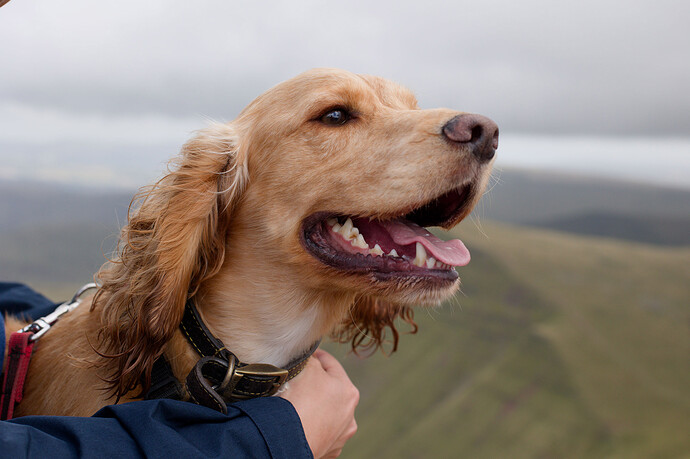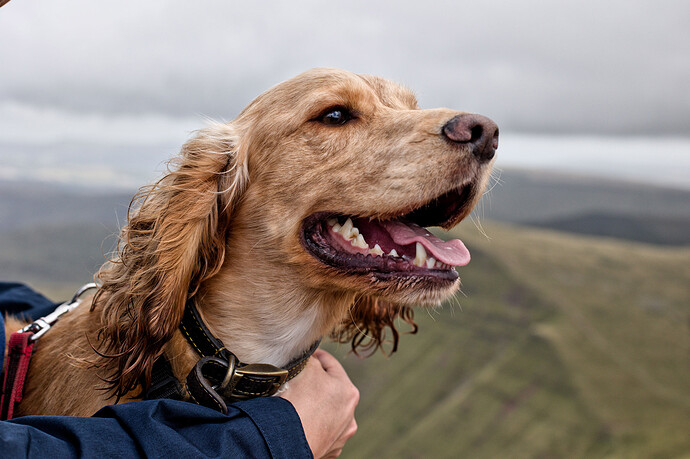@DocNo That was exactly my finding too. From Photolab’s help on the details:
Microcontrast
Enhances or softens very small details. Particularly useful for textured images, or to compensate for a lack of sharpness.
And…
Fine contrast
Enhances or softens medium sized details. Gives a “softer” effect than Microcontrast when pushed to the right, more suited for portraits.
Two things strike me:
-
Microcontrast appears ‘heavier’ than Fine Contrast and seems to impact medium sized details.
-
Fine contrast’s description seems contradictory. If it really does impact medium sized details then it should give a “heavier” effect than Microcontrast, where Microcontrast impacts “very small details”.
I think they’ve got it backwards: Microcontrast impacts medium-sized details and Fine contrast impacts very small details.
I find the same conclusion with this edit:
No contrast changes:
Fine Contrast = +80, Microcontrast = 0:
Microcontrast = +80, Fine Contrast = 0
Microcontrast is clearly heavier than Fine Contrast, It’s a minor thing, but I’d suggest changing the “Help” descriptions to describe Microcontrast as impacting mid-sized details and Fine Contrast as fine details.


